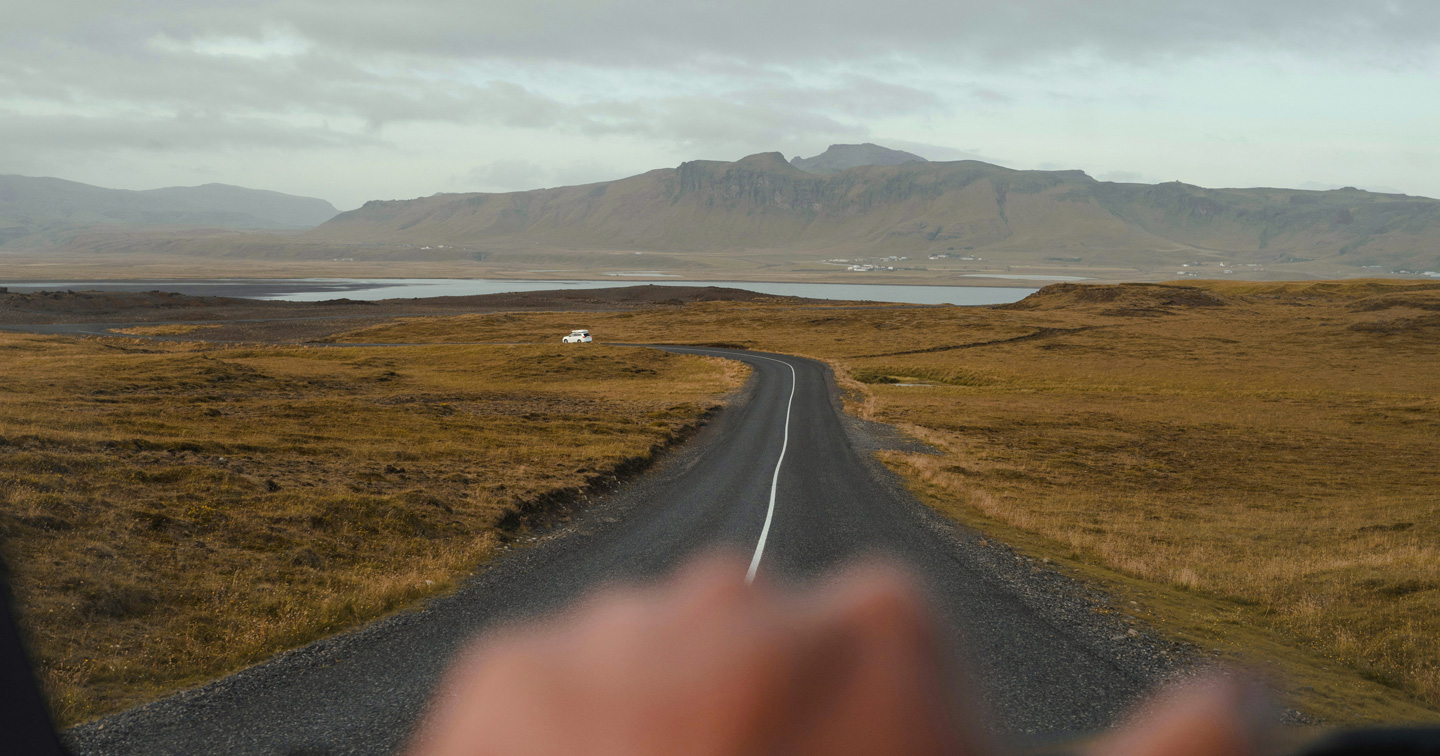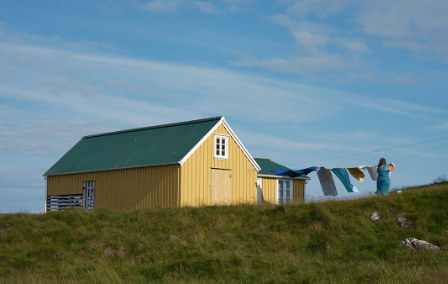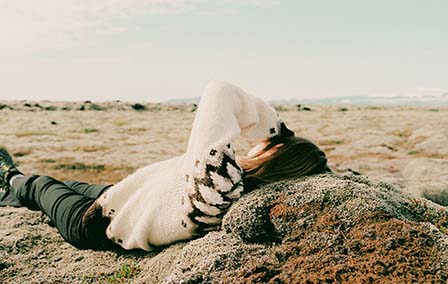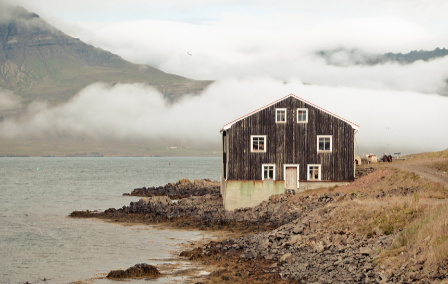Published 5th Apr. 2023
Reading time
Winter in Iceland is simply magical – picture snow-capped mountains, icy glaciers and the shimmering Northern Lights (if you’re lucky). If you’re prepared to brave the teeth chattering temperatures, Iceland's winter season offers a fabulous range of outdoor adventures, cultural experiences and natural phenomena that make it a popular destination for travellers from around the world. From soaking in hot springs to exploring ice caves, there's no shortage of unique experiences to be had during a winter trip to Iceland.
Don’t let the Artic temperatures and long dark nights put you off; there are many reasons to spend winter in Iceland. The country’s already awe-inspiring landscapes take on a truly magical quality when covered in snow and ice – think frozen waterfalls and shimmering glaciers. Iceland’s winter season also offers a plethora of outdoor activities, like soaking in one of the country’s many hot springs, exploring ice caves and witnessing the mesmerising Northern Lights. For the adrenaline junkies there are winter sports like skiing and snowboarding to get stuck into, plus more sedate experiences like visiting the many traditional Christmas markets and sampling seasonal Icelandic cuisine.
December is the month to experience Iceland in full festive swing. The month kicks off with the annual lighting of the Christmas tree in Reykjavik's Austurvöllur Square, which marks the official start of the holiday season. Throughout the month, you can enjoy a range of festive events and activities, like visiting traditional Christmas markets, attending holiday concerts and shows and sampling wintery Icelandic cuisine – think steaming bowls of fresh fish soup, hearty helpings of plokkfiskur (fish and vegetable stew), and, for the bravest diners, svið (sheep’s head). December is also one of the best times to witness the Northern Lights, as the long nights and clear skies provide optimal viewing conditions. While the temperatures can be chilly, the warmth of the holiday spirit and the beauty of the winter scenery are reason enough to spend winter in Iceland.
Iceland in January is characterised by crisp, clear days, snowy landscapes and long nights. Take your pick from winter activities like skiing, snowboarding and snowmobiling, and warm up afterwards with hot spring soaks. January is also the time of the annual Reykjavik Winter Lights Festival, a celebration of light and darkness that features light installations, art exhibits and cultural events throughout the country’s capital. While January in Iceland is cold, the exciting experiences on offer at this time of year more than makes up for the chill.
February in Iceland is a time of contrast – the cold temperatures and long nights linger but there’s the promise of spring on the horizon. As the days begin to gradually lengthen and the first signs of thawing begin to show, festivals and celebrations marking the upcoming warmer months spread throughout the country. Take part in the ongoing Winter Lights Festival, as well as the popular Food and Fun Festival that showcases Icelandic cuisine and international chefs. And of course all the best winter activities like ice skating, snowshoeing, Artic hiking and dog-sledding are still on offer if you’re not ready to wave goodbye to the festive season fun just yet.

Using a wealth of experience, our team can help you venture off the well-trodden trail of the Golden Circle to areas such as the Snaefellsnes Peninsula, a microcosm of the ‘land of fire and ice’, or to the Highlands in the country’s centre for epic hiking trips. We plan every experience to suit you, whether you want to snowmobile across a glacier or taste freshly caught seafood on the deck of a fishing trawler. In a country where changeable weather conditions and volcanic activity can quickly disrupt plans, our excellent team of local guides and our helpful Concierges offer invaluable support.
ENQUIRE NOWPractical advice and inspiration for your next trip

With lingering daylight, lush landscapes and adventurous outdoor activities, a summer holiday in Iceland promises to be one for the books. At this time of year, the weather is at its warmest (10°C on average, mind you, so don’t forget your winter knits) and the light barely fades thanks to the Midnight Sun. From hiking and hot springs to whale watching and glacier tours, there's something for everyone to enjoy.
1st May 2025 - Iceland Travel Inspiration

It’s a gratifying feeling when someone asks you where you got your jumper from and you get to say, ‘my recent trip to Iceland’. Or, once presented with a slab of Omnom chocolate, you can tell your nearest and dearest that it in fact travelled all the way from ‘The Land of Fire and Ice’. For this isn’t a country of shot glasses, fridge magnets and ‘all I got was this lousy t-shirt’ t-shirts. It’s hand-harvested sea salt that’s been produced from Iceland’s geothermic energy since the 17th century, skincare from the original Blue Lagoon and gripping Viking Sagas.
3rd January 2024 - Iceland Travel Inspiration

Iceland doesn’t mess around when it comes to sustainability. With tourists outnumbering residents, the country has found ways to ensure the constant flow of footprints cause minimal damage to the environment. But responsibility doesn’t just lie with the country – visitors also have a duty to protect the world-class hot springs and national parks. Luckily, we’ve got a rundown of top tips to encourage sustainable tourism in Iceland.
22nd November 2023 - Iceland Responsible Travel

Our team of destination experts will get to know you and your unique requirements for your holiday

We work with you to build an ultra-personalised holiday itinerary with your choice of accommodation, experiences and activities

All of our holidays include little extras designed to make a big difference to your trip, from fast-tracking you through airport check-in and security to our network of local Concierges